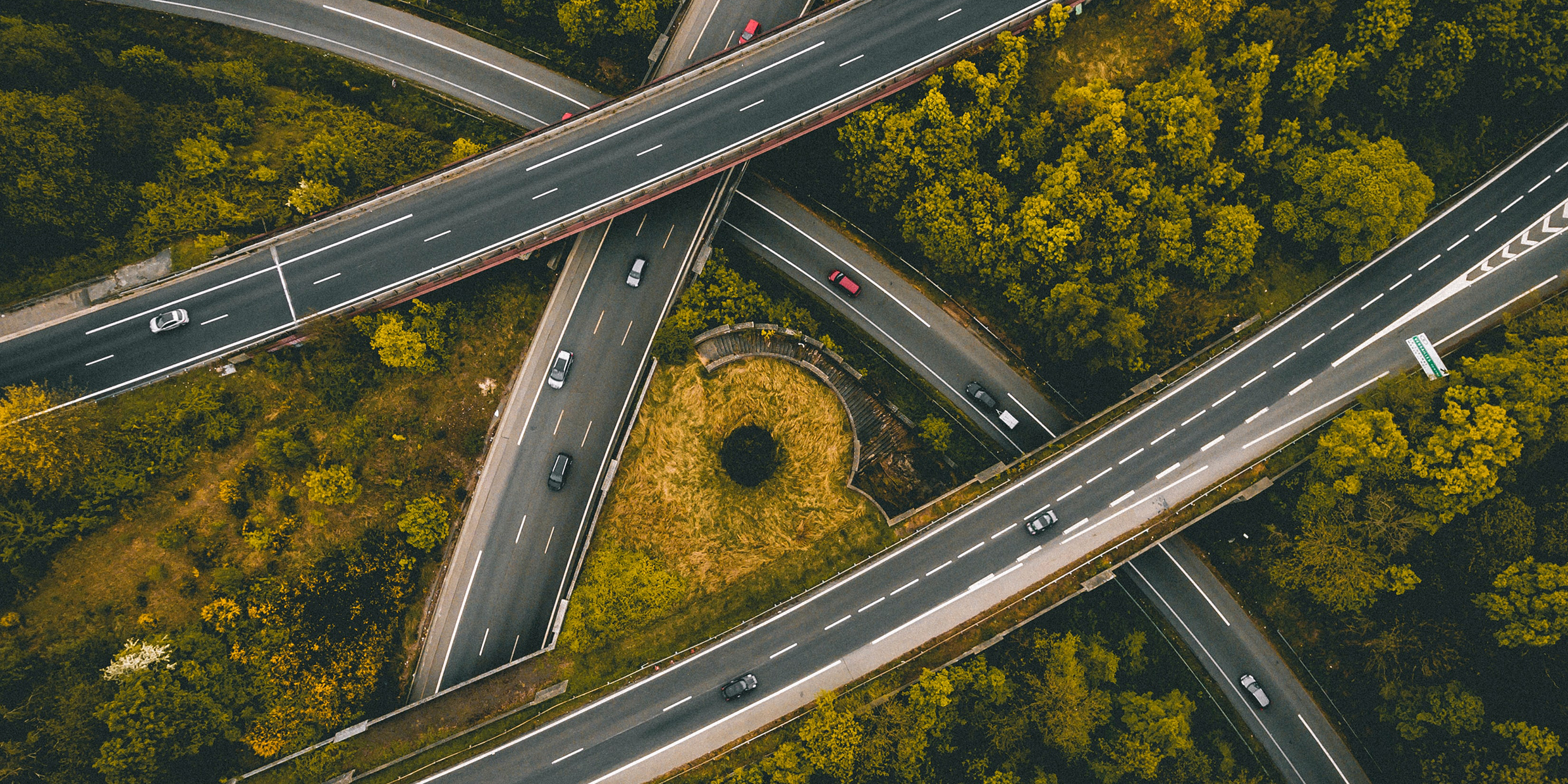Originally published 26 June 2001
The natural contours of a landscape mean nothing to an 80-ton Caterpillar bulldozer. A stand of trees, an outcrop of granite, or a purling stream can be erased in a trice.
Scrape it flat. Start from scratch. Most of all, make lots of room for parking. Pump asphalt up out of the ground and spread it out on the surface. Our ideal planet: As round and smooth as a bowling ball, asphalt black, painted with white lines.
We are hellbent on destroying the uniqueness of places.
The automobile is the perfect machine for obliterating a place, especially an automobile with a cellular phone. “Honey, I’m just leaving the parking lot; I’ll be home in an hour.” “Honey, I’m on the expressway, home in 20 minutes.” “Honey, I’m in the driveway.”
One place like every other place. And if it’s not, well, we can make it so.
Which is not to say that we can leave natural places alone. We no longer have that privilege. Maybe we never had that privilege. When the first human ancestor crafted a chopping tool out of stone, the wilderness was finished. When the first human struck a fire with flint, untrammeled nature was in retreat.
The entire surface of the planet is inevitably going to be a human artifact. A farm is an artifact. A national park is an artifact. A homey neighborhood is an artifact. The question is not whether we will live in artificial places, but whether we will know and love the place we live in.
“If you know one landscape well, you will look at all other landscapes differently,” says a character in Anne Michael’s novel, Fugitive Pieces.
“If you learn to love one place, sometimes you can also learn to love another.”
And that’s what place is all about — learning to love. No one should love an automobile. No one loves a crowded expressway. No one loves acres of asphalt marked with white lines. The automobile is the antithesis of love because it is the antithesis of place.
The place we learn to love can be a windowsill in a New York high-rise, a patch of woods on Walden Pond, or a thousand acres of the high Sierras. Alaskan nature writer Richard Nelson states: “What makes a place special is the way it buries itself inside the heart, not whether it’s flat or rugged, rich or austere, wet or arid, gentle or harsh, warm or cold, wild or tame. Every place, like every person, is elevated by the love and respect shown toward it, and by the way in which its bounty is received”
Civic planners have a responsibility to ensure that our parks, greenways, and open spaces remain bountiful. One thinks back to that grand era of public places designed and executed by the landscape architect, Frederick Law Olmsted, and his contemporaries. His was the generation who gave us our national parks, national forests, and great city parks. His was the generation who knew we can’t survive without roots in nature.
New York’s Central and Prospect Parks, Boston’s Emerald Necklace, Chicago’s Jackson Park, and Montreal’s Mount Royal Park are just a few of Olmsted’s many splendid urban creations, feeding our need to connect to the natural world. He reshaped the landscape, to be sure, but in a way that lets organic nature shine through. Even such ostensibly wild places as Yosemite and Acadia National Parks show the marks of his civilizing influence.
Imagine what our cities and suburbs might be if those in charge of the planning and execution of public and private development were guided by Olmstedian principles. Instead, we have created landscapes that cater to automobiles, not people, even to the point of sacrificing the aesthetic integrity of some of our forbearers’ most precious gifts, such as Charles Eliot’s system of metropolitan parks and parkways around Boston and Connecticut’s Merritt Parkway.
If aliens from outer space visited this planet, they would quickly decide that the ruling beings have four wheels; certainly, the two-legged creatures seem eager to sacrifice to the automobile their time, fortune, and quality of life. Add a lane, pave it over, build a strip mall. If there is a shred of natural beauty left, erase it. All hail to the automobile. The automobile rules.
The automobile is here to stay, of course, and properly so, but we are not required to love it, or sacrifice everything to it. A house with a three-car garage is unlikely to become a home. The number of miles on the odometer is a pretty good measure for how far we have gone from where we belong. We might have created a culture that emphasized place rather than mobility, nature rather than asphalt, public rather than personal transport. We chose not to and we are poorer for it.



